By Brianna Brinker, Staff Writer
Instead of laptops, Wi-Fi, and cellphones, college students from the 1890s relied on fountain pens, books, and inkwells. How did these students navigate their academic journey at Saint Leo?
Saint Leo in 2024 differs in many ways since the 1890s. According to “Pioneer College,” a history book about Saint Leo, students had a rigid schedule.
They had to wake up at 5:30 a.m. every day and start their assigned schedule of Catholic practices. Their schedule started with 6 a.m. morning prayers, followed by 6:10 a.m. study and breakfast at 6:40 a.m. By 7 a.m., they were in mass, and then studying again at 7:40 a.m. before classes started at 8 a.m. They followed an orderly organized schedule.
The rest of their schedule looked like this: 11:30 a.m., they ate dinner followed by 12 p.m. a visit to the Blessed Sacrament, 12:10 p.m. Recess and at 12:40 p.m., studying again, 5:00 p.m. was reading time and 5:40 p.m. they ate supper. At 7:15 p.m., they studied once more and at 8:30 p.m., they said their night prayers and went to bed.
They also did drills; one of them was a military drill. In 1891, Conrad Metzner was accidentally shot during a drill according to the book, “Fusions.”
Today, students may have busy schedules, but they are less rigid, and leave more time for relaxation.
“I would be exhausted, and I wonder how student athletes dealt with a packed day and what their hours were.” Katherine Kirkwood, a sophomore criminal justice major, said. “These days seem a little bit extreme.”
Saint Leo did not have its six core values in the 1890s, but they did have rules. Some of the rules, according to Pioneer College, were:
- Students should always be obedient and respectful to the officers of the college and observe habitual politeness toward one another.
- It must be silent when going from chapel to the dining hall.
- No student can leave the college without permission.
- No running or noisy plays within the house.
- No smoking or drinking alcohol.
- No lake unless accompanied by one of the Fathers.
In the 1890s, Saint Leo was not just about rules; they knew how to have fun too. Pioneer College mentions activities like relaxing at Lake Jovita, fishing trips, attending Fr. Roman Kirchner’s annual spring church fair at Saint Anthony’s, and enjoying faculty shows with comic performances and stories.
Students loved to pull pranks on each other, according to “Fusions,” a book aimed at helping readers or future students understand what a value-centered education details. One time, a student was sleeping and was taken out of his dorm and placed into the cemetery.


Other extracurricular activities included music and sports. Music was particularly popular, with students enjoying performances featuring brass and piano, or attending plays. The first play, titled ‘A Public Benefactor,’ debuted in 1893, written by Cleric Frater Lawrence Wiegand. This production incorporated songs and minstrel acts. Alternatively, students could partake in their favorite pastime of watching a baseball game. Additionally, occasional field days were organized for the students.
Since 1925, Saint Leo has published a school newspaper under various names, including The Monarch and The Lions’ Pride. According to ‘Fusions,’ the first newspaper was named Junior Spasms, with its inaugural printed edition released in 1925.
Extracurricular activities are not the only difference over the last hundred years. Saint Leo currently spans 297 acres, as reported by US News Best Colleges.
However, in 1890, the campus consisted of only a three-story building. The sole dormitory, Saint Edward Building, now accommodates the registrar’s office, financial aid, faculty, and staff offices. Interestingly, remnants of its past as a dormitory linger, with some offices still having closets.
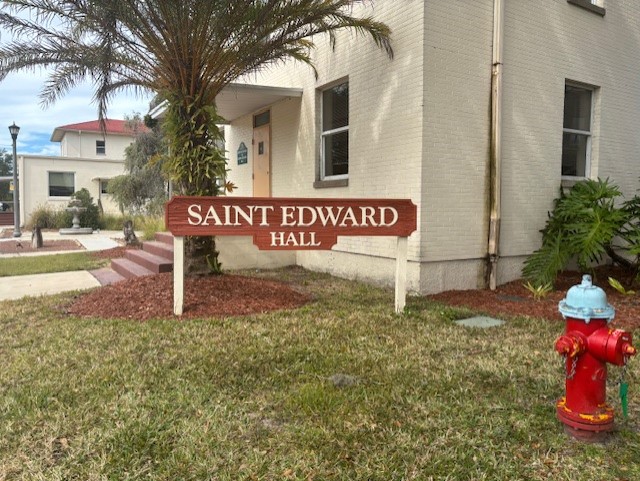
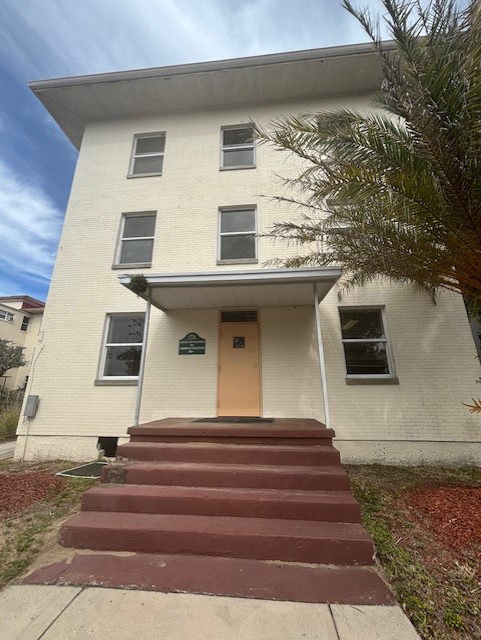
According to the Ocala Evening Star from 1915 and ‘Fusions,’ back in the 1890s, the dorm rooms were equipped with beds, ventilation, nearby bathrooms, and other conveniences. Additionally, Fusions mentions the presence of a ‘Pop Shop’ on the third floor for students’ enjoyment. Pop Shops in the 1890s were like grocery stores, offering a variety of items such as bread, canned goods, sodas, and cereals.
Another notable difference a hundred years ago was the cost of tuition, which was only $48 a month. In comparison, today’s students face tuition costs of around $27,000 per year.
According to Pioneer College, these costs covered various items such as uniforms, library fees, dentist fees, carriage rides, stationery, tuition for Spanish and typewriting, piano lessons, outfits, bathing suits, and photos.

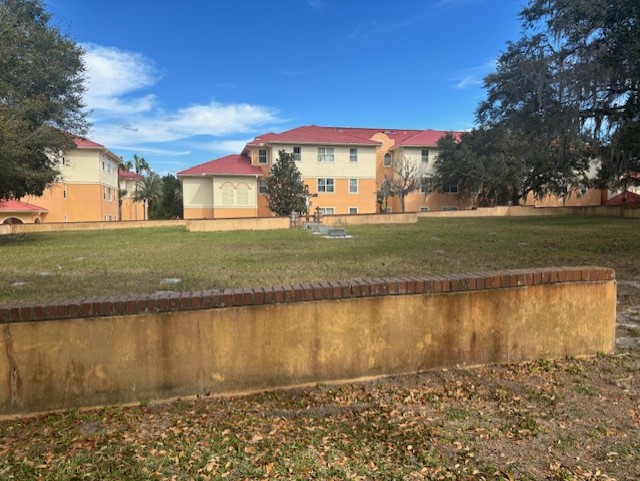
Saint Leo has a population of 10,000 students according to Saint Leo University, but in 1890, the population consisted of 32 male students. Women did not attend Saint Leo yet. The campus consisted of only men. The age ranged from 28- 42. Except for one student, in 1895, the youngest student arrived, his name was Jesus M. Fernandez, he was only seven years old.
In 1890, only male professors were allowed to teach. On Sept. 29, 1890, Mrs. James Mooney became the first female professor to teach at Saint Leo. Nowadays, women can all be professors and bring a lot to the teaching community.
Ms. Tasha Chambers, who teaches First-Year Experience, believes that the inclusion of women professors introduces diverse experiences and viewpoints.
“A diverse faculty, encompassing women, ensures a broader spectrum of perspectives in the classroom, ultimately enriching the overall learning experience for students,” Chambers said. “Witnessing women in leadership roles within higher education can inspire students to pursue their academic and professional goals, effectively dismantling gender stereotypes.”
Our mascot, Fritz, has been around for more than 100 years. Originally named ‘Leo,’ he was renamed after Father Charles Mohr, the first director at Saint Leo, passed away. Father Mohr had several dogs, all named Fritz. The last of these dogs outlived his master, giving rise to our well-known mascot’s name.
When the two cement lions arrived at campus, two Saint Leo Preparatory students slept outside in sleeping bags to protect them from vandalism.
Although students of the 1890s only had fountain pens, books, and inkwells, tales from that era persist. Let the parchment whisper its stories, and the gaslight illuminate the path. Saint Leo’s history is not merely a collection of dates and names; it is a living legacy that continues to inspire and shape our own journeys.

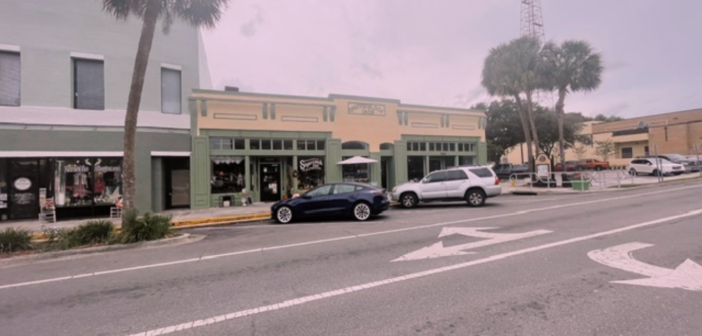
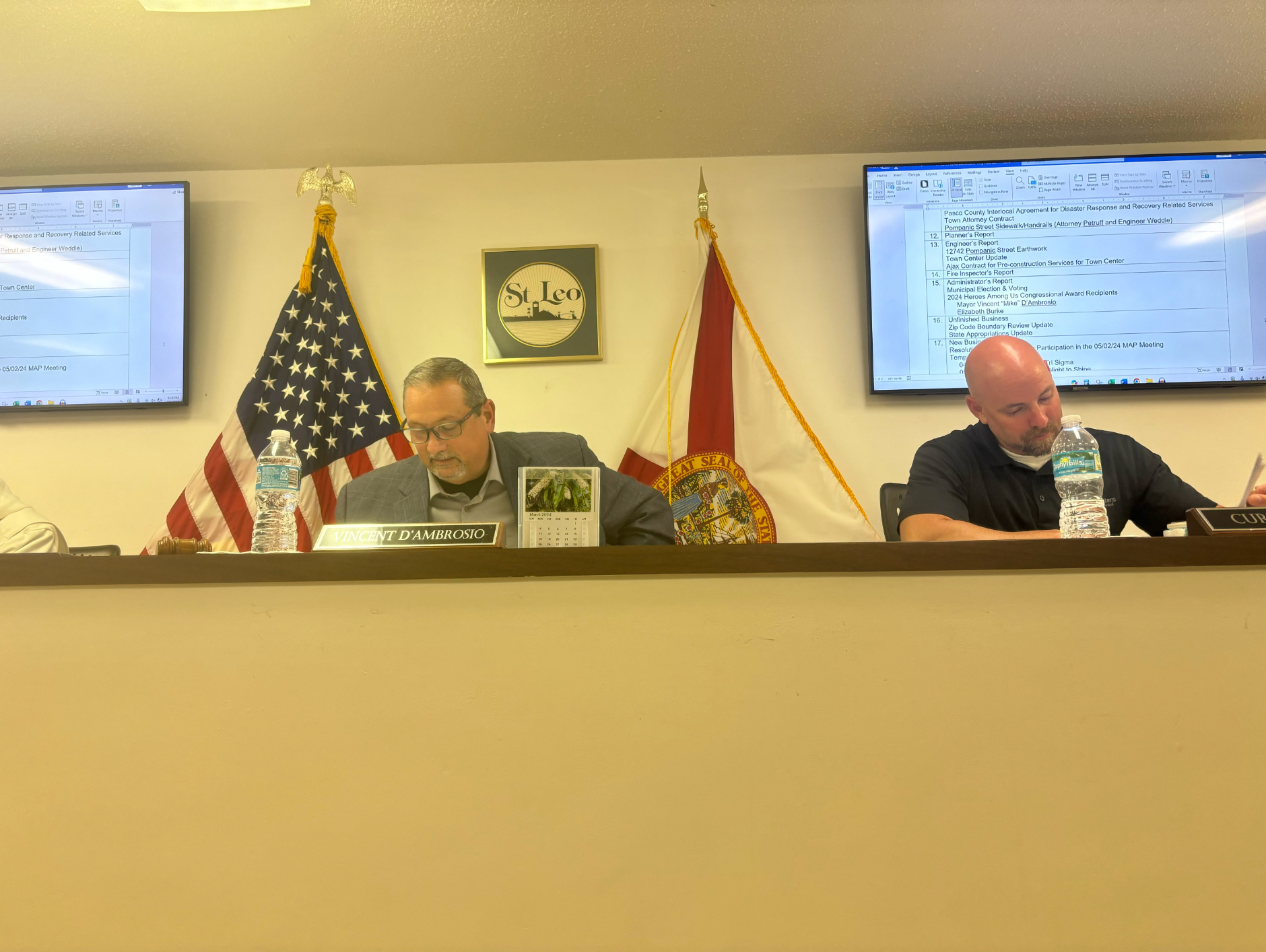



3 Comments
Excellent article!!!
Brianna. You are an excellent writer and will be very successful in this career if you would like. Enjoyed your research. Uncle Rick.
AW THANK YOU!